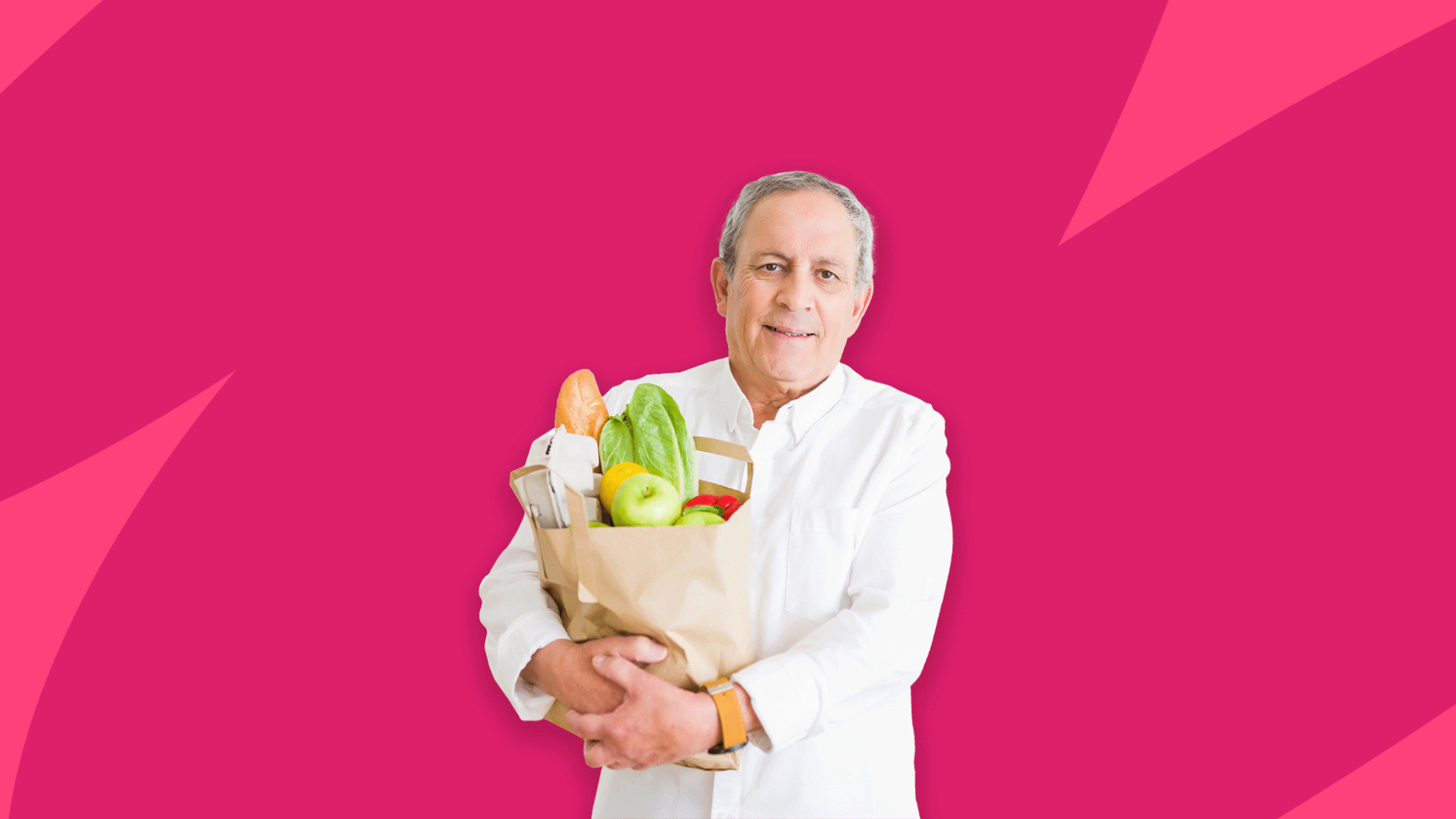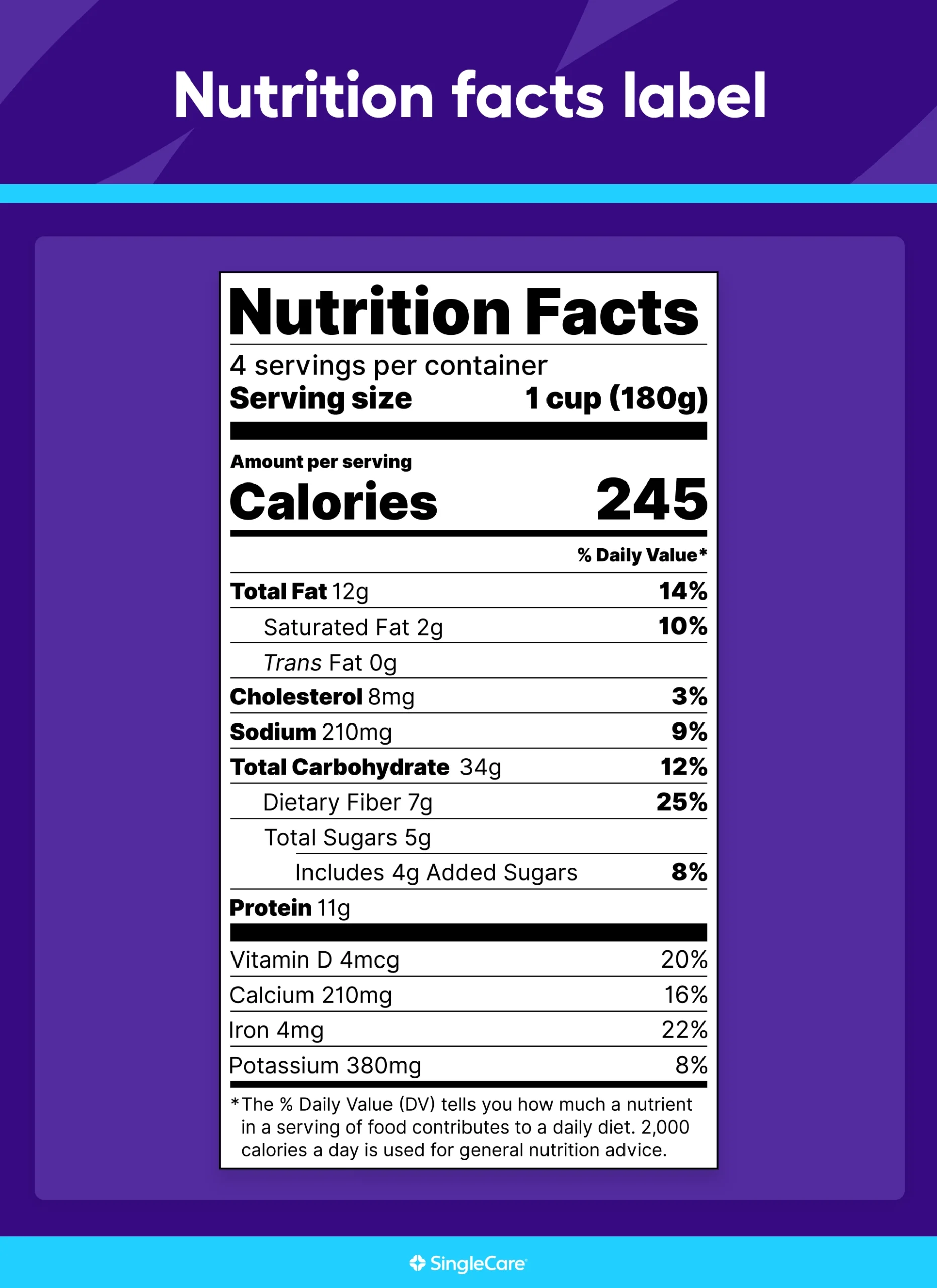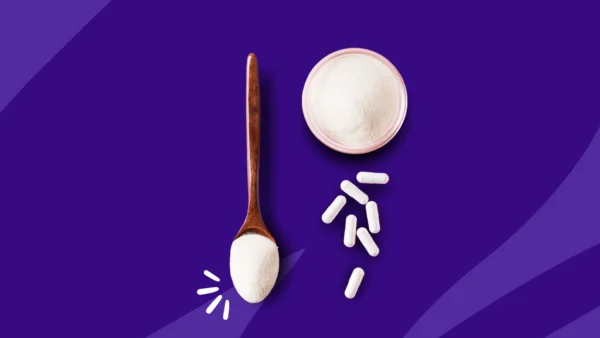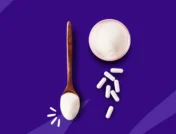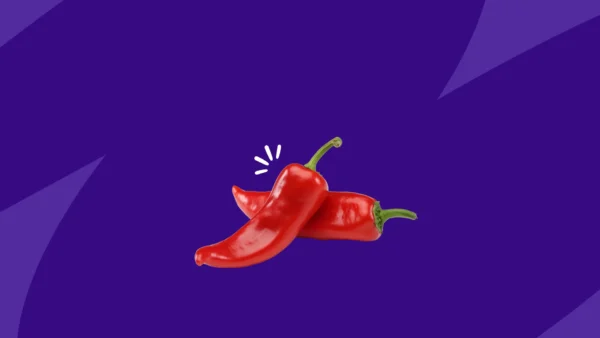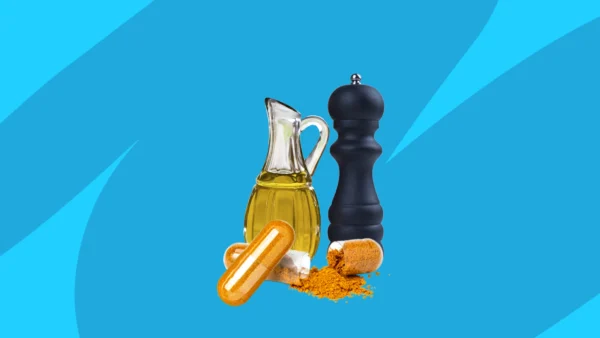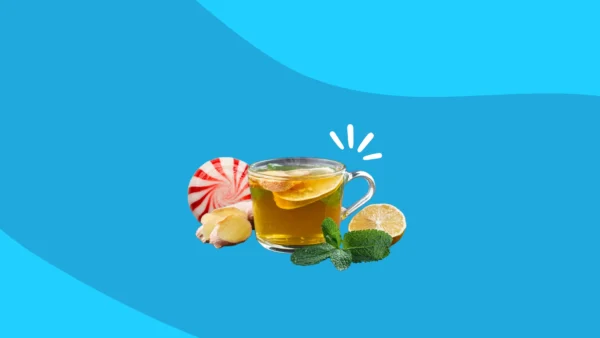High-protein foods are foods that contain a high amount of protein compared to overall nutritional content. Consuming a variety of essential nutrients is necessary to achieve a balanced diet. Proteins, carbohydrates, and fats work together to provide your body with the energy it needs. According to the National Library of Medicine, adults should intake approximately 10% to 35% of their total calories from protein, 45% to 65% from carbohydrates, and 20% to 35% from fats. These numbers can vary greatly, especially if you want to increase muscle tone and lose weight.
High-protein diets
Many individuals consider starting a high-protein diet and reducing carbohydrates, as it can potentially alter one’s metabolism. Amy Lee, MD, Chief Medical Officer at Lindora Clinic, says, “I encourage patients to follow a high protein, low carb diet that facilitates long-term weight management.” High-protein diets may consist of 30% to even 50% of total calories consumed derived strictly from protein. The average healthy adult may only need 45 to 55 grams of protein per day, but upwards of 150 grams may be consumed while pursuing a high-protein diet.
The current daily recommendation for protein consumption is approximately .36 grams of protein per pound of body weight. If a person weighs 160 pounds, multiply that number by .36 to determine the amount of protein to eat (for example: 160 lbs x .36 = 57.6 grams).
Nutrition labels can help you determine how much protein is in a product. The Food and Drug Administration requires most food products to have nutrition labels. These labels provide the consumer with serving size and percent daily value of the nutritional components in the food, like carbohydrates, fats, and proteins. Additional information such as calories, sugars, vitamins, minerals, and cholesterol can be found on these labels as well. Knowing how to interpret a nutrition label can help an individual to plan and track their protein intake.
What foods are high in protein?
There are a variety of foods that provide a great source of protein. No matter what your dietary restrictions are, getting enough protein is an easy task.
High-protein animal-based foods
While there are a variety of sources of protein available, protein is often associated with animal-based foods. Eating meats, dairy, and eggs are all great ways to get your recommended daily value of protein. Animal-based foods are sometimes referred to as “complete proteins” as they contain all nine essential amino acids that the body needs. Amino acids are considered to be the building blocks of protein, and because the human body does not produce these amino acids, it is necessary to consume foods that contain them. There are a total of 20 amino acids, but the nine “essential” ones found in animal-based foods are:
- Lysine
- Methionine
- Tryptophan
- Phenylalanine
- Isoleucine
- Threonine
- Valine
- Leucine
- Histidine
Animal-based foods that contain all essential amino acids can be broken down into subcategories, such as red meats, poultry, pork, seafood, dairy, and eggs.
Meat and poultry high in protein
Meat is often considered a main source of protein by many individuals. Beef, steak, ground beef, bacon, ham, hot dogs, ground pork, lamb, sausage, beef jerky, elk, bison, and venison are excellent sources of protein. Protein levels in foods may vary, so be sure to check the nutritional fact label for information regarding the meat you are preparing.
Red meat |
||
|---|---|---|
| Type | Serving size | Grams of protein |
| Hamburger | 4 ounces | 17 grams |
| Steak | 8 ounces | 48 grams |
| Sausage patty | 1 ounce | 7 grams |
| Pork chop | 4 ounces | 23 grams |
| Lamb | 3 ounces | 15 grams |
Unfortunately, some red meats are high in cholesterol and should be eaten in moderation in general, especially if there are concerns about heart disease. Beyond red meats, poultry such as chicken, turkey, and duck are additional healthy protein sources. Skinless chicken is considered lean meat as it is low in fat. Below are some examples of the protein content in poultry.
Poultry |
||
|---|---|---|
| Types | Serving size | Grams of protein |
| Chicken breast | 4 ounces | 33 grams |
| Turkey leg | 100 grams | 28 grams |
| Duck | 1 cup | 27 grams |
| Chicken nuggets | 4 nuggets | 9 grams |
High-protein seafood
As part of a healthy diet, the American Heart Association suggests including fish in your meals twice weekly. Fish provide many nutrients such as iron, potassium, magnesium, zinc, as well as protein. Omega fatty acids that are good for heart health are also found in seafood. Varieties of fish such as salmon, tuna, tilapia, cod, haddock, catfish, flounder, trout, and bass can be prepared in numerous ways to be enjoyed. Shellfish such as crab, lobster, and shrimp are also good sources of protein.
Seafood |
||
|---|---|---|
| Type | Serving size | Grams of protein |
| Salmon | 6 ounces | 36 grams |
| Tuna steak | 8 ounces | 27 grams |
| Cod | 6 ounces | 30 grams |
| Tilapia | 3.5 ounces | 26 grams |
| Lobster | 6 ounces | 28 grams |
| Shrimp | 3 ounces | 20 grams |
| Crab | 3 ounces | 16 grams |
Dairy products high in protein
Dairy is another category of animal-based foods that contain a good amount of protein. Although dairy is not nearly as high in protein as meats, consuming dairy products such as milk, yogurt, and cheese can contribute to your daily protein needs. Below is a general idea of how much protein is in commonly eaten dairy-based foods.
Dairy |
||
|---|---|---|
| Type | Serving size | Grams of protein |
| 2% milk | 1 cup (8 ounces) | 8 grams |
| Cheddar cheese | 1.5 ounces | 11 grams |
| Low-fat yogurt | 1 cup (8 ounces) | 13 grams |
| Greek yogurt | 1 cup (8 ounces) | 23 grams |
| Cottage cheese | ½ cup (4 ounces) | 12 grams |
| Cream cheese | 1.5 ounces | 3 grams |
Each product’s protein level may vary, so be sure to check the nutritional fact label for the specific brands. Like other animal-based foods, all essential amino acids are present in dairy products, categorizing them as “high-quality protein.” However, it should be noted that though butter is an animal-based dairy product, it is mostly made of fat and should not be eaten as a source of protein.
High-protein plant-based foods
Numerous plant-based foods have naturally occurring protein. Anyone striving for a high-protein diet can enjoy the health benefits of proteins found in non-meat sources. A good source of protein can be found in specific grains, vegetables, beans, nuts, and seeds.
Vegetables high in protein
Plant-based protein foods such as spinach, kale, broccoli, potatoes, peas, sweet corn, asparagus, artichoke hearts, avocados, and seaweed can be easily added to a meal. For example, avocado is a popular choice to add to salad, toast, or mashed. Avocados can be tossed into a smoothie or even used as a base for vegan chocolate pudding. The protein content of an avocado is approximately 3 grams. They are low in sodium, contain healthy fats, and are cholesterol-free.
Broccoli is another versatile superfood that is high in fiber, vitamin C, vitamin K, potassium, and B vitamins (folate). Broccoli contains approximately 3 grams of protein per chopped cup. Vitamin B, found in broccoli and other foods, helps the body burn fuel associated with protein, carbohydrates, and fats. Add broccoli to burritos, pizza, nachos, omelets, and salads, or just eat it raw.
A medium-sized potato contains about 3 grams of protein. A loaded baked potato with cheese, sour cream, and bacon utilizes several proteins in one dish. There are endless ways to prepare potatoes, so use your favorite recipes to create a protein-packed meal.
Legumes high in protein
Legumes are plant-based foods that have a pod. Chickpeas (garbanzo beans), black beans, kidney beans, lentils, fava beans, black-eyed peas, edamame, butter beans, soybeans, and pinto beans are all in the legume family. High in protein, these beans also contain iron, magnesium, phosphorus, potassium, and healthy fatty acids. Legumes are low in saturated fat, high in fiber, and cholesterol-free.
Beans vary in protein content. Soybeans and soybean products contain the highest levels of proteins of the legumes. While other beans may have lower amounts of protein, they are still considered an excellent source of protein.
Legumes |
||
|---|---|---|
| Type | Serving size | Grams of protein |
| Soybean | 1 cup (8 ounces) | 31 grams |
| White beans | 1 cup (8 ounces) | 17 grams |
| Lentils | 1 cup (8 ounces) | 17 grams |
| Split peas | 1 cup (8 ounces) | 16 grams |
| Pinto beans | 1 cup (8 ounces) | 15 grams |
Beans can be added to many meals as a side dish or blended into hummus. Making a multi-bean salad or chili is a good source of protein. Studies show that eating beans or legumes on a regular basis can help prevent disease. Steamed edamame or roasted garbanzo beans make a great snack. Including 3 cups of beans in your diet per week could reduce your risk of obesity, diabetes, cancer, and cardiovascular disease. Beans are a versatile and affordable high-protein food.
Nuts and seeds high in protein
Another plant-based protein category includes seeds and nuts. Peanuts, almonds, walnuts, pecans, cashews, hemp seeds, sunflower seeds, sesame seeds, chia seeds, flax seeds, and pumpkin seeds are among the many choices. Protein values for nuts and seeds vary.
Nuts and seeds |
||
|---|---|---|
| Type | Serving size | Grams of protein |
| Walnuts | 1 ounce | 7 grams |
| Peanuts | 1 ounce | 7 grams |
| Cashews | 1 ounce | 5 grams |
| Pecans | 1 ounce | 3 grams |
| Sunflower seeds | 1 ounce | 6 grams |
| Pumpkin seeds | 1 ounce | 5 grams |
| Sesame seeds | 1 ounce | 5 grams |
| Hemp seeds | 1 ounce | 9 grams |
Be sure to check the nutritional fact label to verify grams of protein as well as serving size. An individual package of sunflower seeds purchased at a gas station may be a 2-ounce package; therefore, 6 grams of protein for a one-ounce serving must be multiplied by 2 if you eat the entire packet.
High-protein meal ideas
If you are striving for a high-protein diet, you may want to consider planning meals filled with foods that are high in protein. Generating a list of high-protein breakfasts, lunches, and dinners can help ensure you get enough protein in a variety of ways.
It is important to make meal plans with your unique needs in mind. Vegans rely completely on plant-based protein sources, while vegetarians may be able to include some animal-based foods such as eggs or dairy products. Dietary restrictions such as lactose intolerance or an allergy to nuts or certain types of meats also need to be taken into consideration when preparing protein-rich meals.
High-protein breakfast ideas
Starting your day with high-protein foods can get you energized and reduce the need for snacking between meals. Trying to incorporate 15 to 25 grams of protein into your morning meal can help ensure you’re getting the desired amount of protein throughout the day to achieve a high-protein diet. Bacon and eggs are just the tip of the iceberg when it comes to a high-protein breakfast.
- Pancakes with ground flax and chia seeds
- Smoothie with nut butter
- High-protein cereal
- Avocado toast (with Ezekiel bread) with a hard-boiled egg
- Muffin with a side of yogurt
- Egg and cheese biscuit, and you can add bacon for extra protein
- Sausage and egg breakfast burrito
- Oat bread toast with almond butter
- Yogurt topped with your choice of granola, seeds, or nuts
- Omelette
- Egg white omelet
- Overnight oats
- Protein shake
Whether you want something hardy or a little lighter, there is much to choose from when making a high-impact protein breakfast. Mix and match nut butter toast with a protein powder smoothie or oatmeal topped with walnuts and yogurt. Combining proteins from different sources can help you make the most of each meal.
High-protein lunch ideas
Midday meals are essential for keeping energy levels up for the rest of the day. Protein intake for lunch should be approximately 20 to 30 grams. Try some of the following:
- Bean or quinoa salad
- Hummus plate
- Ham and cheese sandwich
- Salad with avocado, crisp bacon, and sunflower seeds
- Antipasto salad
- Chicken sandwich
- Chicken salad wrap
- Bean burrito
- Hamburger
- Omelette
- Nuts, cheese and crackers
- Beef tacos
- A serving of salmon
- Veggie burger
- Hard-boiled eggs
- Steamed edamame
- Tofu wrap
- Protein shake or smoothie
- Beef stew
- Chili
- Egg salad sandwich
- Tuna salad sandwich
- Seaweed salad
- Tomatoes and cottage cheese
- Salad with grilled chicken
- Turkey burger
These are just a few suggestions for ways to incorporate protein into lunch. Protein-focused foods can help reduce snacking and keep you fueled until dinner time.
High-protein dinner ideas
Healthy, protein-rich dinners can help support your diet goals. A 1-cup serving of rice adds approximately 4 grams of protein to your plate. Meals can be as simple or elaborate as you like.
- Chicken breast with steamed broccoli and a serving of black beans
- Steak with potatoes and steamed kale
- Chicken curry with rice
- Avocado grilled cheese
- Beef Stroganoff
- Tofu stir fry
- Steamed broccoli over rice with peanut sauce
- Shrimp scampi
- Meatloaf
- Lentil loaf
- Chicken noodle soup
- Hamburger
- Vegetable beef soup
- Super salad with avocado, meats, and seeds
- Salmon with macaroni and cheese and steamed broccoli
- Tuna steak
- Crab cakes
The combination of different proteins for dinner is limitless. Alternative dinner ideas could include eating high-protein breakfast foods for your evening meal. If you had a large lunch, you may enjoy just a smoothie or high-protein snack instead of a traditional dinner.
High-protein snacks on the go
It’s surprisingly easy to find a diverse selection of high-protein snacks. Granola bars and protein bars are popular on-the-go snacks that come in a variety of flavors and options. Peanut butter, chocolate chip, oats, honey, cashews, and almonds are some common choices. Fruit varieties such as strawberry, cherry, banana, and fig are among additional flavors to keep the taste buds satisfied while maintaining a diet high in protein. Conveniently, granola bars can be found at almost any grocery store.
Nuts are another favorite high-protein snack for many people. Peanuts, almonds, cashews, walnuts, pecans, Brazil nuts, pistachios, macadamia nuts, and pine nuts are great for snacking. High-protein nuts can be purchased in bulk or individual packets to make on-the-go snacking that much easier.
Seeds are also a great addition to any diet. Flax, sunflower, pumpkin, and sesame seeds are all good sources of protein. Another high-in-protein seed, often mistaken for a grain, is quinoa. Sometimes used as a rice substitute, quinoa should be cooked before eating. Toss quinoa or other seeds and nuts into a high-protein trail mix or baked goods.
There are many creative ways to add protein to snacks. Homemade baked goods such as black bean brownies, zucchini bread, seeded muffins, banana bread, or healthy cookies can be customized to add variety and interest to your high-protein snacks. Prepare these at home and individually wrap them for the week.
Other protein-focused snacks can include kale chips, sushi nori (seaweed), and roasted chickpeas. Beef jerky or other dehydrated meats can be great for hiking or other outings. Individually wrapped cheese sticks have approximately 7 grams of protein each, and a 2.6-ounce pouch of tuna contains 17 grams. Travel-size tuna packets come in a variety of flavors, such as spicy, lemon pepper, and ranch.
Yogurt sleeves or cups are yet another portable snack for the morning or any time of the day. Smoothies infused with nut butter, yogurt, protein powder, or hemp seeds can be a great way to enjoy a protein-filled snack on the go. The options are endless.



